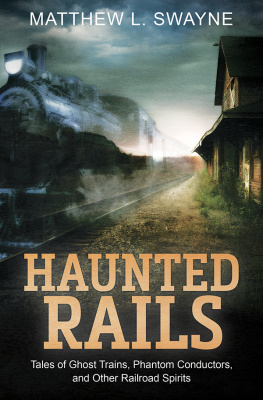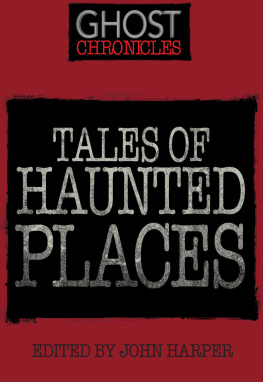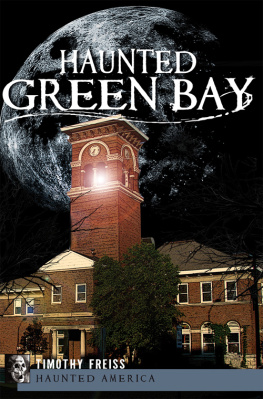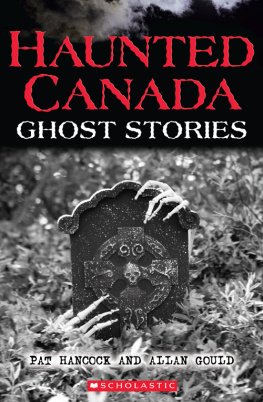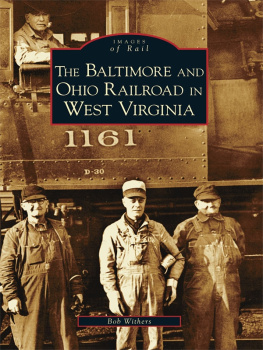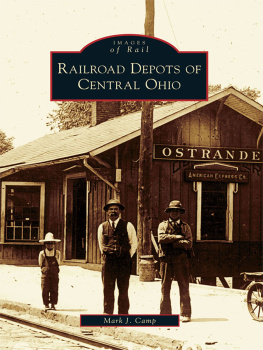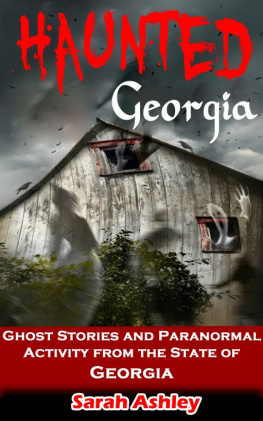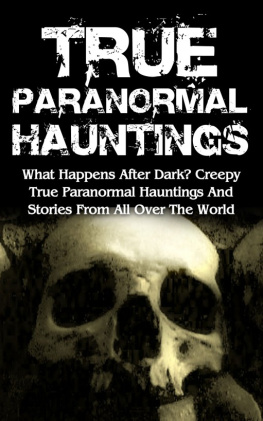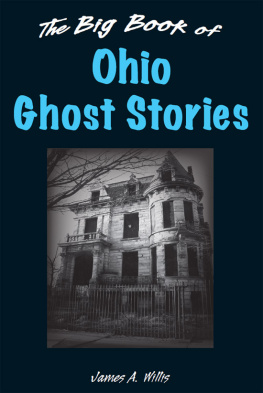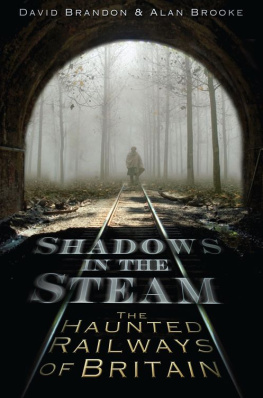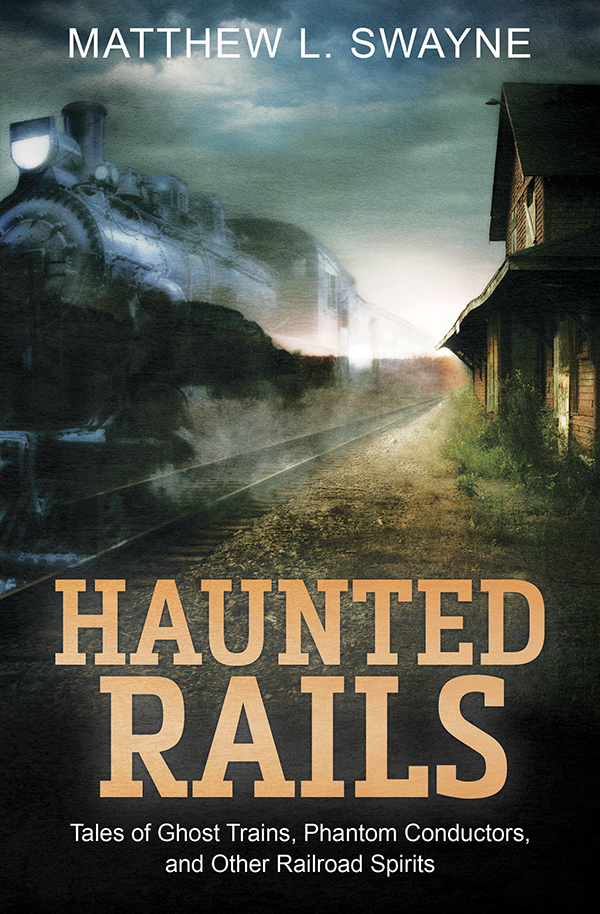Matthew L. Swayne (State College, PA) is a journalist who currently works as a research writer at Penn State. He is also the author of Haunted World War II and Haunted Rock and Roll . Matt has worked as a reporter and music reviewer for several newspapers and online outlets. He has been a featured guest on several podcasts and radio shows, including Coast to Coast AM and The Darkness .

Llewellyn Publications
Woodbury, Minnesota
Copyright Information
Haunted Rails: Tales of Ghost Trains, Phantom Conductors, and Other Railroad Spirits 2019 by Matthew L. Swayne.
All rights reserved. No part of this book may be used or reproduced in any matter whatsoever, including Internet usage, without written permission from Llewellyn Publications, except in the form of brief quotations embodied in critical articles and reviews.
As the purchaser of this e-book, you are granted the non-exclusive, non-transferable right to access and read the text of this e-book on screen. The text may not be otherwise reproduced, transmitted, downloaded, or recorded on any other storage device in any form or by any means.
Any unauthorized usage of the text without express written permission of the publisher is a violation of the authors copyright and is illegal and punishable by law.
First e-book edition 2019
E-book ISBN: 9780738761510
Cover design by Shannon McKuhen
Interior photographs are courtesy of the Library of Congress Prints and Photographs Division.
Llewellyn Publications is an imprint of Llewellyn Worldwide Ltd.
Library of Congress Cataloging-in-Publication Data
Names: Swayne, Matthew L., author.
Title: Haunted rails : tales of ghost trains, phantom conductors, and other
railroad spirits / by Matthew L. Swayne.
Description: First edition. | Woodbury, MN : Llewellyn Publications, [2019]
| Includes bibliographical references.
Identifiers: LCCN 2019016662 (print) | LCCN 2019981104 (ebook) | ISBN
9780738761336 (alk. paper) | ISBN 9780738761510 (ebook)
Subjects: LCSH: Ghosts. | Haunted places. | RailroadsMiscellanea.
Classification: LCC BF1461 ,S928 2019 (print) | LCC BF1461 (ebook) | DDC
133.1/22dc23
LC record available at https://lccn.loc.gov/2019016662
LC ebook record available at https://lccn.loc.gov/2019981104
Llewellyn Publications does not participate in, endorse, or have any authority or responsibility concerning private business arrangements between our authors and the public.
Any Internet references contained in this work are current at publication time, but the publisher cannot guarantee that a specific reference will continue or be maintained. Please refer to the publishers website for links to current author websites.
Llewellyn Publications
Llewellyn Worldwide Ltd.
2143 Wooddale Drive
Woodbury, MN 55125
www.llewellyn.com
Manufactured in the United States of America
Contents
Chapter 1 :
Chapter 2:
Chapter 3:
Chapter 4:
Chapter 5 :
Chapter 6:
Chapter 7: : Engineers, Conductors, Brakemen, Workers, and Accident Victims
Conclusion:
Dedication
I come from a long line of railroaders. My grandfather and his father worked, in different parts of their careers, as firemen and engineers for the Pennsylvania Railroad and for the later railroad companies that emerged from PRR. This book is dedicated to my grandfather, Bernard Bookhamer, a lifelong railroader whose stories inspired my interest in trains and railroad history.
This book is also dedicated to my grand-niece Layla Smith and bananas.
A NOTE OF CAUTION
B efore you delve into the spooky railroad stories and ghostlore, I would like to add this bit of caution. Railroading is a dangerous business. In my opinion, one of the reasons ghost stories arise from railroad history so frequently in the first place is because its so darn dangerous. Accidents have maimed and killed thousands of railroad workers and passengers over the years. You may be tempted to explore some of these railroad spirits on your own. Dont. While researching this book, I came across at least one account of a ghost hunter being killed while conducting an investigation of a haunted railroad site. You dont have to be worried about the ghosts scaring you; theres enough real danger out there.
Beyond that, railroad property is often private, and you can get arrested or fined for trespassing.
There are plenty of ways to safely and legally research railroad ghosts. Railroad museums hold ghost hunts, and some are even open to allowing paranormal investigation teams to come in on off-hours to find evidence. Some abandoned railroad sites are now part of rails-to-trails projects and offer a much safer environment for finding out whether ghosts really do haunt the tracks and trains.
So be safe and be smart if you decide to investigate the connection between the paranormal and railroad history.
INTRODUCTION
W hen I was young, I would lie in bed and listen to the non-stop train traffic as the engines curled around the big bend that arched along the Little Juniata River, a stream that meandered just a couple hundred yards from my familys house in Tyrone, Pennsylvania. Like a ghost that rattles its chains or screams in the night, the train could often be heard long before there was any visible manifestation. First, the engines banshee horn moanedpart warning, part celebrationas it neared the station a few miles away, then the throaty diesel engine roared as it got closer, the percussive ensemble of steel wheels slapped along steel tracks and, finally, the rhythmic stomp of cars rocked along the rails.
At night, if I looked out the window, I could see a train headlamp scanning the path ahead, like a lost soul.
And, moments later, it was all gone. Vanished.
The whole encounter seemed ghostly to me.
Railroads, too, haunted the past of my community. The sounds of trains that came through town continually gave me a sense of comfort. These machines and the people who worked on thempeople like my grandfather and dozens of others in my townwere delivering fuel and food, and who knows what else. They carried travelers home to loved ones waiting just beyond the horizon, where the rusty parallel tracks merged into one. When the railroad reigned as king in central Pennsylvania, the industry also invested heavily in the communities and in the workers and their families. The companies built bridges and developed infrastructure, constructed massive factories and roundhouses, and carved paths through the limestone-studded mountains. For the workers, these companies didnt just provide jobs. They also built parks and recreation facilities for the workers and their families.
As the rail industry became less profitable and, therefore, less important, and as freight and passenger money switched more often to cars and trucks, these giant companiesthe Pennsylvania Railroad and Conrail, for examplefaded, too, taking away jobs and that precious community support.
But evidence still remains of the central role the railroad played in the region. Some of the old buildings remain. Theyre vacant and idle, but the facades and shells are visible. A few station houses and other railroad outbuildings still stand. Several bridges are intact. And trains continue to runbound for glorythrough the hills and across the fields.
But thats not the only reminder thats left of the once-dominant railroad industry. There are ghost stories. Lots of them.

